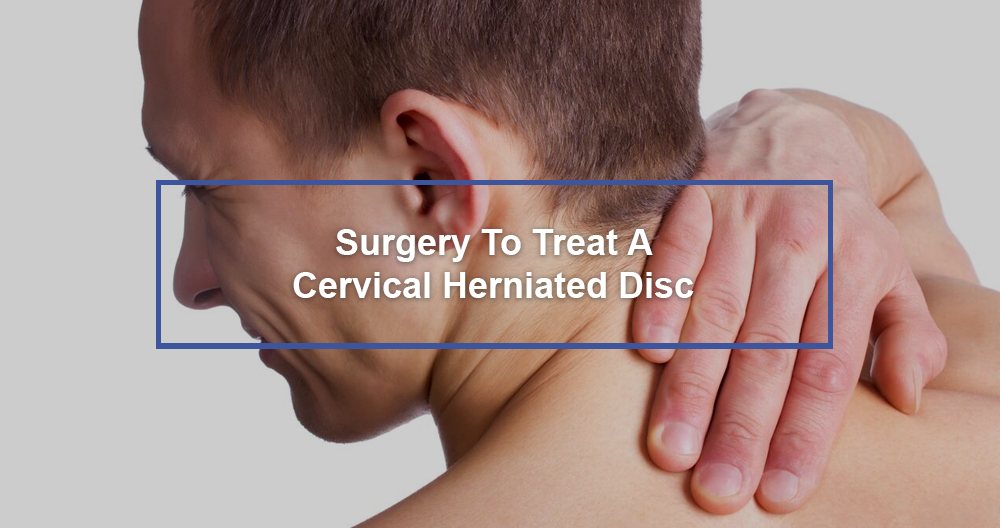
UF Health’s most popular procedure is to remove a herniated disc. The cervical (neck) portion of the spine supports the head weight. It allows you to tilt your head 180 degrees and bend forward and backward. This section of spine includes seven vertebrae. Each vertebrae are separated by discs with a nucleus (gel-filled center).
A cervical herniated disc is when one of these nuclei ruptures due to a tear in the disc wall. For many, simple remedies such as rest and medication, along with physical therapy, are possible. Some patients may require surgery. UF Health will help restore your quality of living.
Cervical Herniated Disc
A cervical herniated disc is also known as a “slipped disc” and it occurs when the central part the intervertebral disc protrudes in the spinal canal. This happens when the fibrous annular rings that surround the inner core of the disc become damaged. The soft material is then herniated. While age is the most common cause, trauma can also lead to disc herniations.
This occurs most often in the lowermost portion of the spine. However they can also occur in your neck. This protrusion occurs at the junction of a nerve root and the spinal canal. An impingement of the nerve can cause pain, numbness, or weakness in the affected area of skin and muscle.
Types of Surgery to Treat a Cervical Herniated Disc
A cervical herniated disc can be treated with one of the following types of surgery:
Anterior Cervical Discectomy Spine Fusion (ACDF)
ACDF surgery, which is the most popular method used by spine surgeons to remove a cervical herniated or bulging disc, is widely performed. The disc is removed by a one-inch incision made in the neck. After the disc is removed, the disc space is made so that the adjacent vertebrae can eventually fuse and grow together. You can add a plate to the graft to increase stability and improve the chance of success.
Anterior cervical discectomy with fusion. The surgeon approaches the cervical spine in front to remove the entire herniated disc. After removing the herniated disc, the spacer (plastic-, metal-, or bone) is placed and the vertebrae are fused. Artificial cervical disc replacement. The procedure works in the same way as ACDF. This involves removing the entire herniated disc from its front. Instead of fusing the spine the artificial disc is used to replace it. This preserves movement at the vertebral levels.
Cervical Artificial Disc Replacement
The procedure of artificial disc replacement surgery. A small incision is made in the neck to remove the disc. Instead of fusing adjacent vertebrae to fuse the artificial disc, the artificial disc is placed between them in the disc space. The artificial disc mimics the original disc’s form and function.
Posterior Cervical Discectomy
This surgery is similar in nature to a posterior (from back) lumbar discectomy. For cervical discs that have herniated laterally into a neural foramen (the tunnel the nerve travels through in order to exit the spine canal), this may be a feasible option. The posterior approach can be more challenging than an anterior one because of the many veins that are present in this area. These veins can cause bleeding, which limits visualization. This approach can also cause more complications and requires more manipulation.
There are risks and complications with any major surgery, but serious complications such as cervical disc surgery can be avoided by an experienced spine surgeon. Artificial disc replacement and ACDF are two of the most common procedures. Both have positive outcomes in terms of reducing radiating pain and tingling from compressed nerve roots.
Cervical Radiculopathy: Surgical Success Rate
Every surgery comes with risks. You could get a serious infection. Surgery to treat symptoms of cervical radiculopathy caused by a herniated spine is relatively simple and predictable. Studies show that cervical surgery to relieve arm pain due to cervical radiculopathy is a successful procedure, regardless of whether it is anterior or posterior. Patients are usually able to return to work the following day or within a few weeks.


